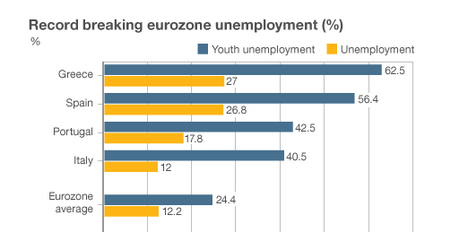![]()
I have been consuming the latest flagship report, released today, 10th September 2020, by the IEA called “Energy Technology Perspectives 2020
The report’s comprehensive analysis maps out the technologies needed to tackle emissions in all parts of the energy sector, including areas where technological progress is still lacking such as long-distance transport and heavy industries.
It shows the amount of emissions reductions that are required from electrification, hydrogen, bioenergy and carbon capture, utilization, and storage. It also provides an assessment of emissions from existing infrastructure and what can be done to address them.
Within the work going into this report, the IEA has identified over 800 technology options that need to be further examined, explored, validated, and accelerated for the World to reach net-zero emissions by 2050. That is an awful lot of innovation to get us to a clean energy transition from where we are today.
